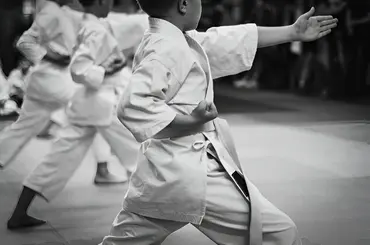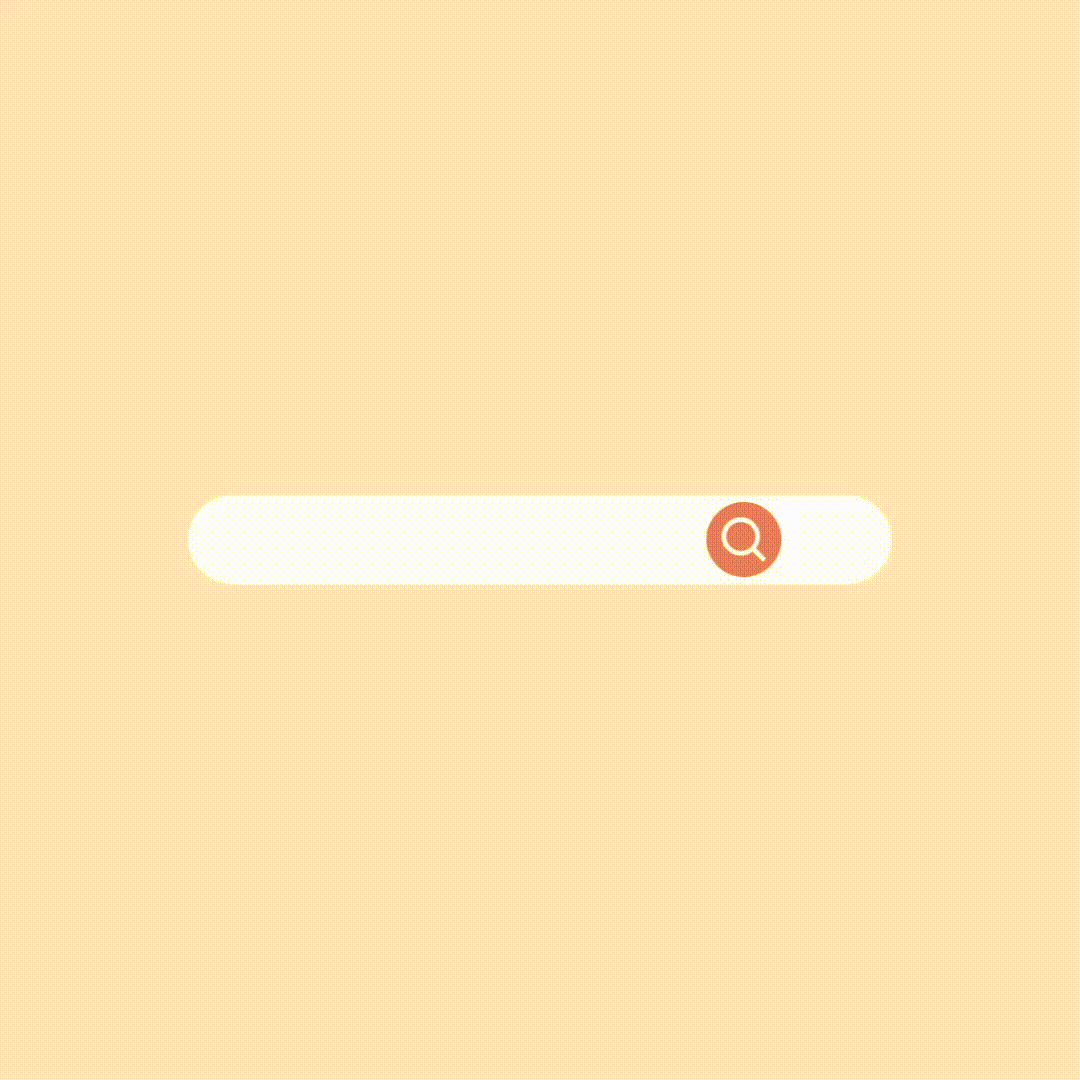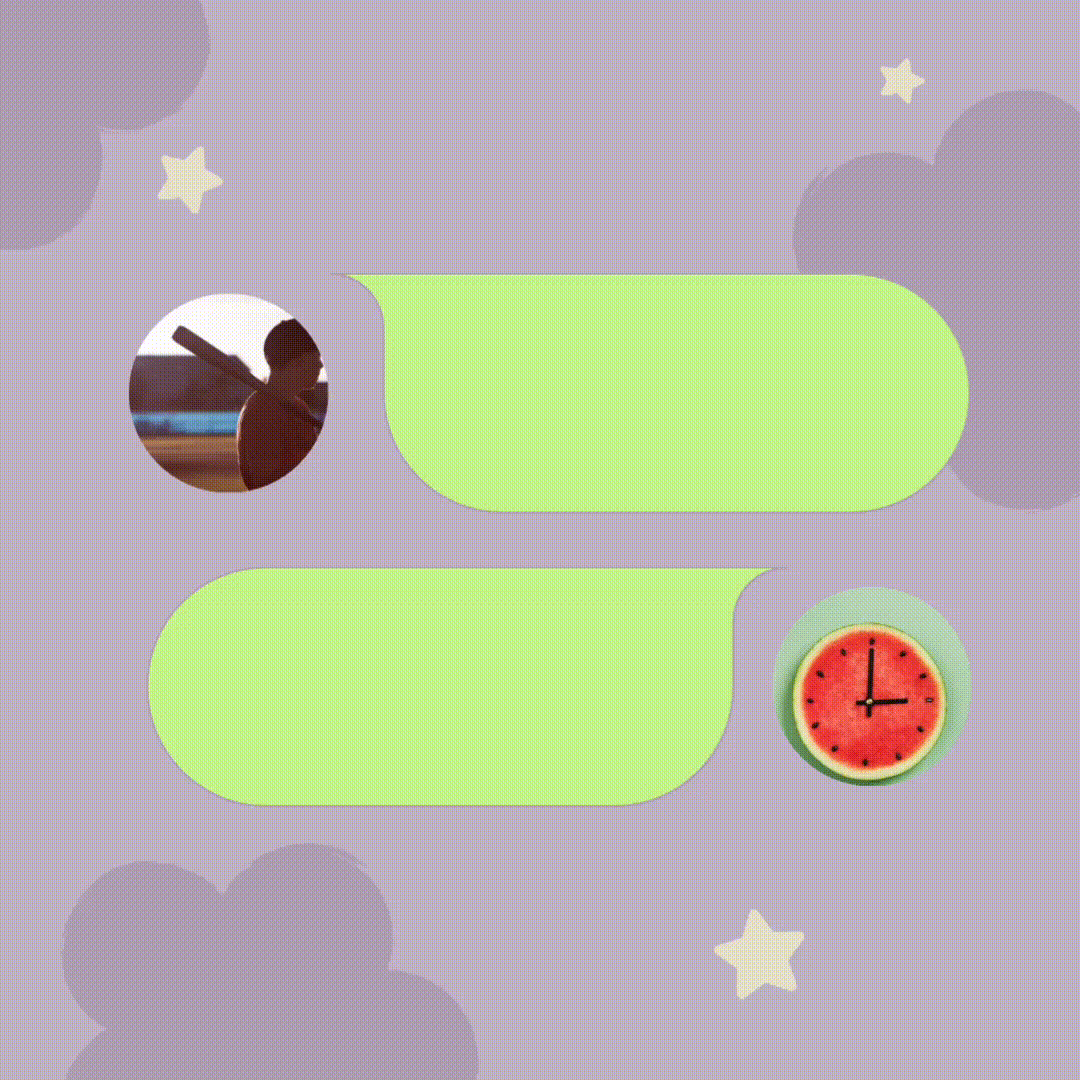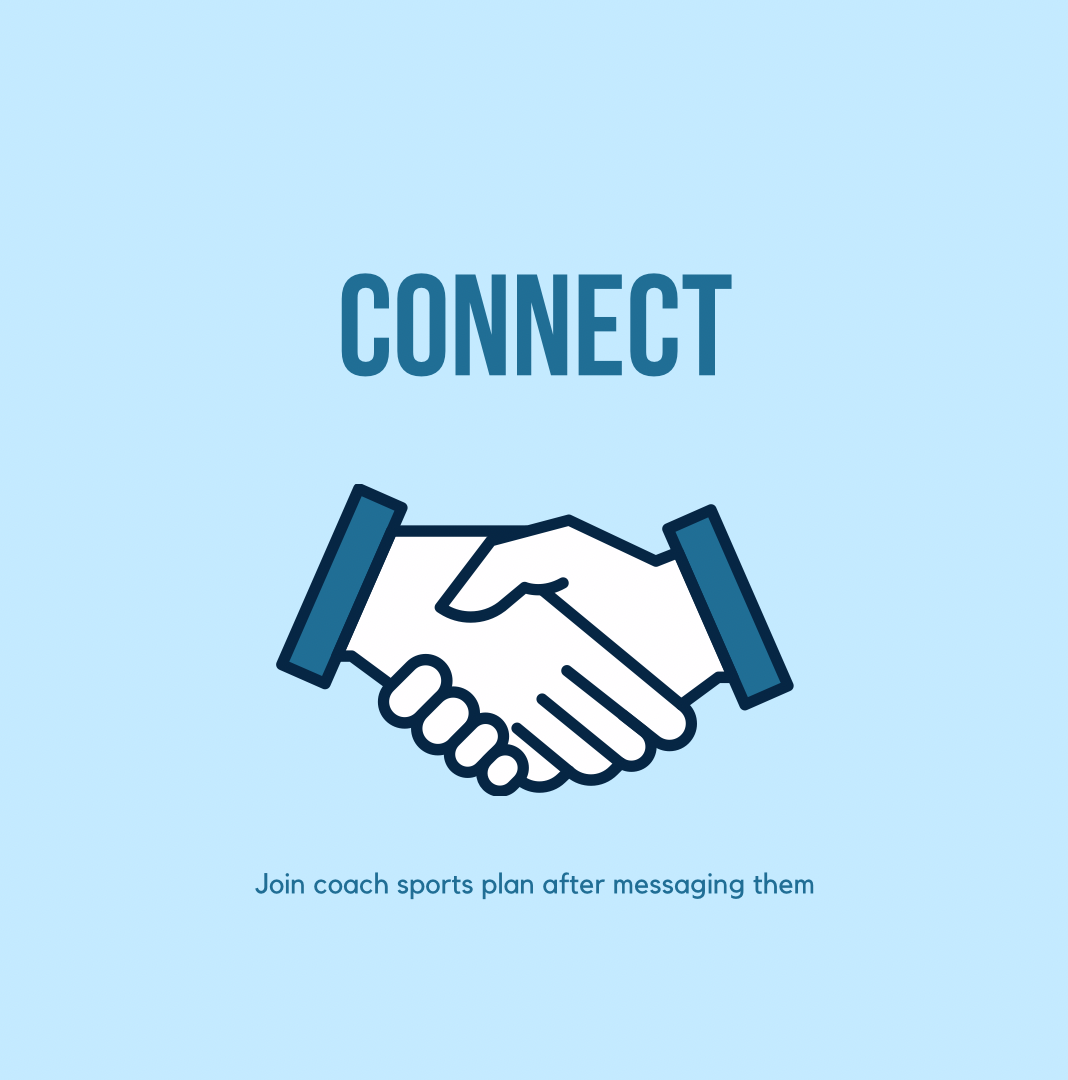You know, karate is quite similar to mountain barefoot climbing. Initially, the ground stings. Every move seems alien. But then something clicks. The suffering becomes a tool for direction. And every belt you gain tells a story rather than only a color. a mark of grit.
Behind every polished kata and precise roundhouse kick comes confusion, curiosity, and a lot of "Am I doing this right?" we sometimes forget.
What's the purpose of different karate belt colors?
They seem initially to be simply bits of dyed cotton. But gosh, they really mean so much more.
Every belt marks turning points in your path. It's your growth, sewed in tenacity, not only a hue.
- White: The beginning. Like a blank canvas.
- Yellow/Orange: Early sunrise - basic techniques forming.
- Green/Blue: Growth. Fluidity. You're finding rhythm.
- Brown: Mastery of the basics. Strength meeting strategy.
- Black: Ah, not the end - but the beginning of real understanding.
The truth is that the martial artist is not created by belts. Consistency does. You can wear a black belt, but your humility and control really highlight your level.
How big is a karate ring, and why does it matter?
Great question - and one that often gets overlooked.
In competitive karate, the standardcompetition ring(akatatami) is: 8m x 8mfor the fighting area
2m safety zonearound it
Total area:12m x 12m
Why does that matter?
Since space alters approach. A reduced area? You have tighter defense and close-knit rapid combinations. a bigger ring, You must be mobile and endurance-bearing. It turns into a foot game of chess.
Knowing ring size lets you regulate distance. In karate, too, distance is power. You govern the fight as well as the space.

What's the biggest challenge at the intermediate (green to brown) belt levels?
Oh, this is the stage where the real grind begins. The hype of starting has worn off. You've got bruises on your shin, and maybe your progress feels slow. That's normal.
The biggest challenge?Plateauing.
At green to brown, students often feel stuck. Improvement isn't as obvious anymore. Techniques need refining, not just repeating. This is where emotional strength matters just as much as physical.
But here's the truth:plateaus are where champions are built. Push through, stay curious, ask questions. This is the cocoon stage - awkward, frustrating? but necessary before you fly.
How do I break bad habits I've developed in my technique?
Breaking a habit in karate is like trying to unlearn how to walk incorrectly. It takes awareness. And patience. Lots of it.
First, identify the flaw - maybe your punch drops too low, or your stance is too narrow. Then? Slow it all down. Go back to basics. Rebuild the move. One inch at a time.
A great tip?Use mirrors and film yourself.The camera doesn't lie.
And yes, it'll feel awkward. Like writing with your non-dominant hand. But that discomfort? That's the rewiring process. Don't rush it. Repetition with therightform is how the new habit sticks.
What mindset should I carry into each training session - regardless of level?
This might be the most powerful question of them all.
Whether you're a white belt nervously tightening your gi or a black belt leading warm-ups, your mindset should be the same:student mode.
Karate isn't about dominance. It's about discipline.
Walk into the dojo with gratitude. Every session is a gift - a space to fail, fall, and fly. Some days, you'll be on fire. Others, you'll feel off. But both days matter.
So show up with:
- Open ears
- Steady breath
- A soft ego and a sharp spirit
Because the belt may change, the ring may vary - but the learner's heart? That stays the same.
Wrapping It Up: Karate Isn't Just a Sport - It's a Mirror
Each belt, each mistake, each quiet walk back to your place in the line - it teaches you something deeper. Karate strips you down. Then builds you back up. Stronger. Kinder. Quieter inside.
Whether you're choosing your next coach, eyeing your next belt, or wondering if you've got what it takes?
You do.
Just tie that belt again. Step back in. Let the journey continue.
 Sion Chunabhatti , Sion Chunabhatti , mumbai, Maharastra, India*Martial Arts Background:*
- Karate Black Belt
- 2 years of MMA training
- Upcoming Kickboxing Certification
*Professional Experience:*
- ...
Sion Chunabhatti , Sion Chunabhatti , mumbai, Maharastra, India*Martial Arts Background:*
- Karate Black Belt
- 2 years of MMA training
- Upcoming Kickboxing Certification
*Professional Experience:*
- ...

